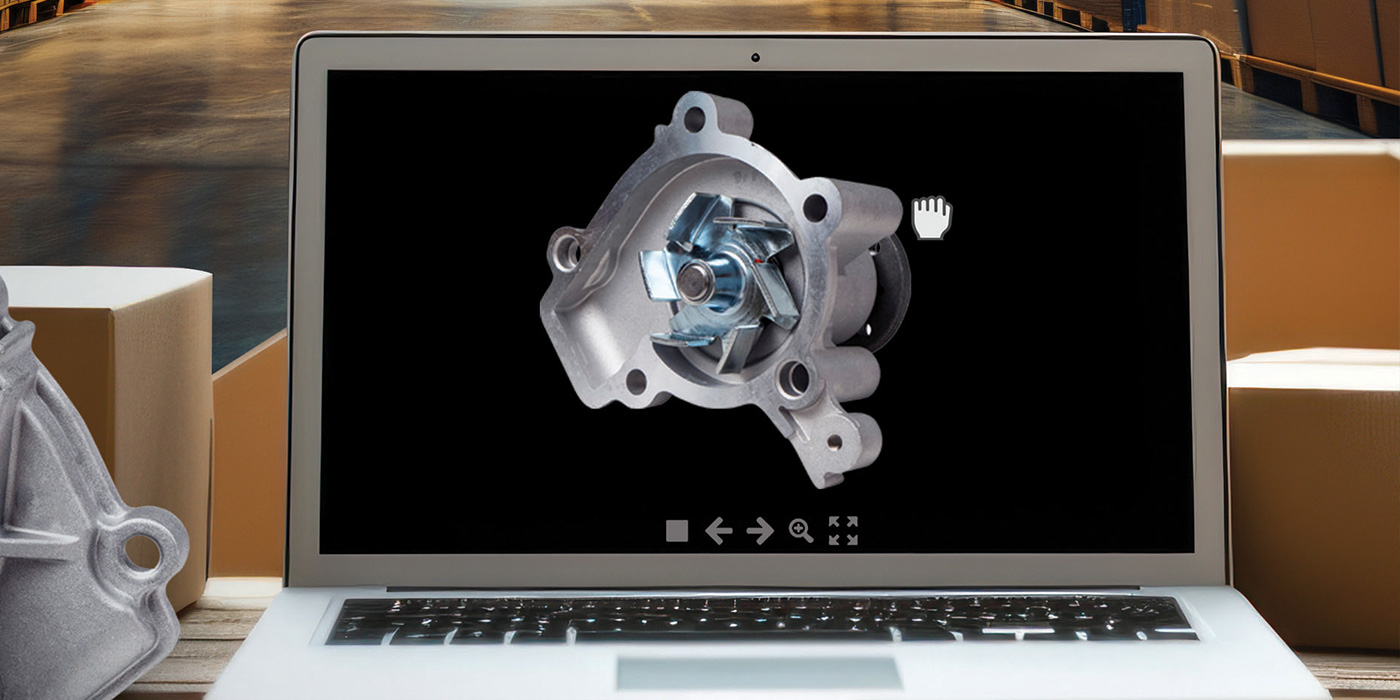From Business Week Online
It would be safe to say that over the last 30 years, millions of words have been written discussing the problems of the automotive industry. The most misleading statistic overused to prove the perpetual and relentless decline of General Motors (GM) has been: “Not so many years ago, GM controlled 50 percent of the American car market, yet today its market share is less than 24 percent.”
It’s misleading because it makes one think GM sells only half as many cars and trucks today as it did in 1962. But that’s incorrect — and it also ignores a more important statistic: The automobile market in America has more than doubled in volume in those 44 years.
People are amazed to learn that GM sold 4.2 million vehicles in 1962, the year it broke the 50 percent market share mark, and 4.51 million vehicles in 2005. Yes, it’s true: GM is selling just as many vehicles today as it was at its peak, though its American workforce has shrunk by more than two-thirds since then.
CALL IT PREORDAINED
It’s also true that GM would still be the most profitable car company in the world if it controlled 50 percent of the market here, considering the size that market has attained. But that statement too misrepresents the real issues facing America’s automobile industry, of which GM’s misfortunes are simply the most discussed.
The real problem is that most mass-volume auto makers’ cars carry no real status anymore. And very little of that truth can be blamed on inferior quality, poor styling or outrageous overpricing. No, Detroit’s failure was preordained, made inevitable by the manufacturers’ very success and the concomitant rise of our nation’s wealth. I can even give you the year in which Detroit’s problems started: 1978.
And although I expect that our auto makers will be profitable and viable entities again someday, it’s doubtful that Detroit’s image with Americans will ever again reach its 1962 market heights.
NO COMPARISON
Henry Ford’s success with the moving assembly line and the motorization of the nation took place from 1912 to 1928, a period in which the modern middle class had just begun to emerge. But then, just as the “American Century” was starting to take hold, came the Great Depression, followed by a world war and then five years of a troubled economy. Only then did most Americans start to feel more prosperous. Things were getting better, but the economic realities of those times still may surprise the average person.
When the groundbreaking postwar suburb, Levittown, PA, was built after World War II, many flocked to purchase its homes of under 1,000 square feet because they could afford the price: approximately $8,000 [or $69 a month]. During the same period, however, the new medium of television was at first so expensive that the few families who had one often found themselves hosting neighborhood gatherings on nights when the most popular shows aired.
Travel by air was also expensive then. The whole family commonly dressed in their Sunday finest to take loved ones to the airport, because air travel was such an extraordinary event. Yes, in the so-called Golden Age of American society, if you owned a 1,000-square-foot home in which to rear your 4.1 children, could afford to have the neighbors over to watch the one TV on your street, and traveled once a year by air, you had real status in the community.
MEMORABLE PURCHASE
And nothing confirmed your success — or distinguished your look-alike home from most others within a five-mile radius — more than parking your new automobile in the driveway. A new car gave its owner real prestige because owning a new car was the exception, not the rule, from the early 1950s into the late ’60s.
Doubt that? According to the census data, in 1951 there were 40.57 million families in America purchasing 6.27 million vehicles, or one new car for every 6.47 families. Even a decade later, in the year before GM’s market share topped 50 percent, Americans purchased 6.872 million vehicles — but that worked out to just one new car for every 6.75 families. Seeing any new car on your block was a big deal because, contrary to your memories, it didn’t happen often.
In fact, one survey substantiated the significance of certain new cars. It discovered that almost as many people remember exactly where they were when they first saw a Corvette as when they watched man first walking on the moon. Yes, seeing your neighbor with a new car was exciting. You almost felt bad for families that had to drive a five-year-old Buick Century in daylight, because the 1958 model was severely dated by 1963.
DRAINING DETROIT’S RESOURCES
But by 1963, things had already started to change. Families were no longer satisfied to house 6.1 people in 1,000 square feet. The day of the expensive TV was starting to pass — most homes now had one. And the brand-new car in the neighborhood was losing much of its former luster and inciting far less neighborhood envy by 1973, when we were selling one new car for every 3.78 families.
Then two other factors came into play that forever ruined the image of mass-market assemblers of automobiles: The annual model change became history — ended by the high costs of meeting new federal safety and emission standards. What timing: Detroit needed annual model changes then more than ever, to continue to infuse its products with a sense of status and excitement. But the money needed for those makeovers had been diverted. Now, it had to fund applications to improve the environment and to reduce customers’ risk of meeting an untimely demise in their new Oldsmobiles.
Automobiles’ perceived status had peaked by 1978, when we purchased one new vehicle for every 3.75 families [a ratio we haven’t seen since then]. More important, however, the recession of 1974-75 marked the point where we started holding onto our vehicles longer. In 1973, the average finance period had been less than 36 months and the average trade cycle just 27 months. But both periods began to lengthen appreciably.
MANY MORE TEMPTATIONS
Detroit’s ability to instill in customers a real sense of the status inherent in driving their products waned as less frequent model changes became the norm — and as our nation and economy became increasingly more consumption-based. Status, once mainly invested in mass-market cars, gradually migrated to other symbols.
Though unexpected, it was an obvious evolution. If you were asked you how many TVs your family owned in 1973, what would be your answer? Or, better: Describe your stereo unit from that period. Which microwave did your family own? What brand of personal computer were you using at the time? Did your family own a swimming pool 33 years ago? What type of compact disc player was your favorite? Did you own a Beta or VHS machine?
The answer is that the average family owned one TV. If it was a great one, it was a 21-inch color console, about the screen size of the one in many people’s bathrooms today. Microwave ovens were just coming into retail, but personal computers, compact disc players, and consumer VCRs just didn’t exist. No, those products started their real inroads — you guessed it — in 1978, just as car sales per family peaked. Suddenly, if you had $1,500 to spare, there were so many all-new and exciting things to buy that, instead of trading in for the 1983 Olds Cutlass [which looked exactly the same as your 1977 model], you went for hipper status symbols.
LOSING ITS SHINE
One other important factor came into play in this period: Attrition — the passing of Americans who had grown up holding Detroit in high regard. For two generations, Detroit wasn’t just the automotive capital of the world, it was the power fueling many new industries and our new consumer economy.
That generation knew GM had perfected the refrigerator and Ford (F) had been one of the primary drivers of our airline industry. They knew that auto factories had enabled the blue-collar middle class and that Detroit had truly earned the title “Arsenal of Democracy” during the Second World War. It wasn’t just automobiles that Americans had come to respect about Detroit — it was what the auto makers had contributed to America’s culture and economy.
That esteem and loyalty faded as the elders passed away. By the time the Baby Boomer generation came of age in the seventies, “What have you done for me lately?” was how most regarded Detroit.
For decades — with families living in 1,000-square-foot homes [usually not air-conditioned], watching one 17-in. black and white TV, and listening to news on a $3 Japanese transistor radio — a new car carried real status. That was high living at the time. As we collectively became wealthier and the costs of the new consumer toys fell rapidly, our perceptions of personal status changed, too.
TIME TO MOVE ON
Today, the first person on the block with the 73-in. plasma high-definition TV has status, at least for a while. But the new car, which looks just like the one the family down the street purchased four years ago, has become so commonplace that “new car” means little. Only the highest-priced and most exciting vehicles can turn the heads of any neighbors out mowing.
You remember seeing your first Corvette. Throw a rock in any direction downtown today and you can break the windshield of one. A few exceptions exist — the rise of sport utility vehicles immediately comes to mind — but they, too, became so commonplace [and gasoline so expensive] that their era has probably also passed. For Detroit, it’s long past time to quit trying to recreate the glory days of their past. For the media, possibly it’s time to quit reminding them of that era. Because that quaint past, where Detroit ruled, doesn’t exist anymore in America.
Copyright 2006 The McGraw-Hill Cos. All Rights reserved.
_______________________________________
Click here to view the rest of today’s headlines.













